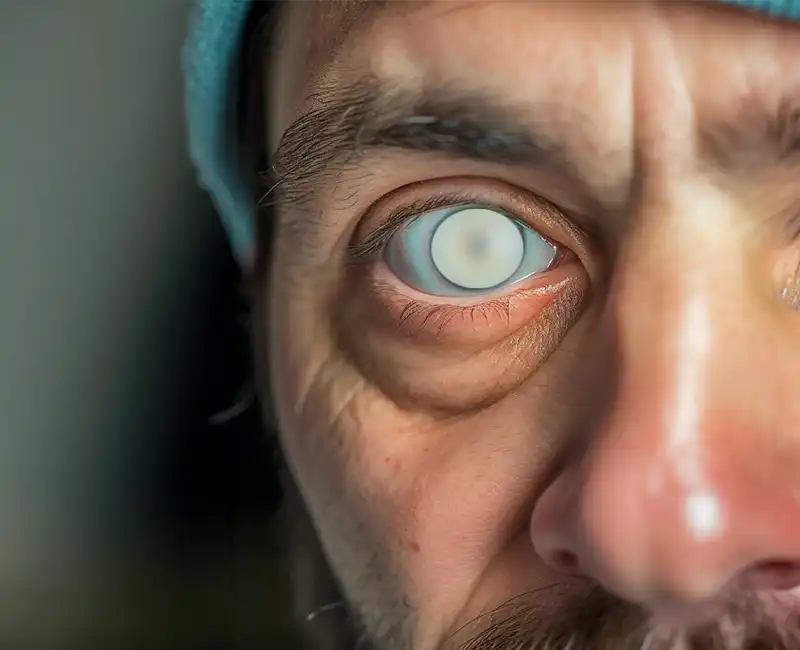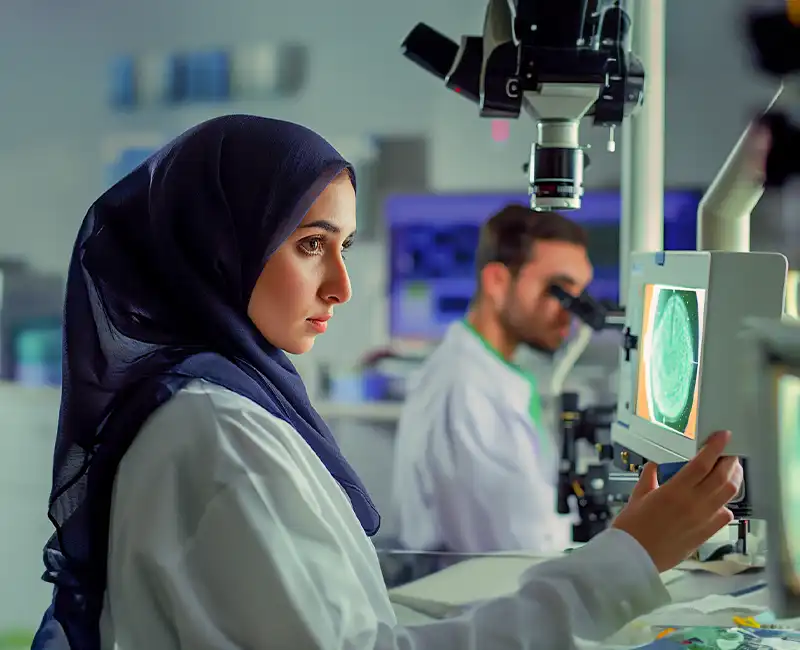
Glaucoma is a leading cause of blindness that affects approximately 60 million people

Neuro-ophthalmology is a specialised branch of ophthalmology that focuses on the connection between the eye and the brain, specifically disorders of the optic nerve (a nerve that connects the eye to the brain), orbit (eye socket), and brain.
Our ophthalmologists provide comprehensive clinical care to a broad spectrum of patients with vision problems due to inherited retinal diseases, optic nerve diseases, central nervous system disorders, ocular motility dysfunction (abnormal eye alignment or problems controlling eye movements), and pupillary abnormalities.
Squint is the common name for ‘strabismus’ which is the medical term used to describe eyes that are not pointing in the same direction. It may also be referred to as a ‘cast’, ‘cross-eye’, or ‘lazy eye’ in children. The squint can occur constantly or intermittently, affecting one eye exclusively or alternating between both eyes.
Causes of a squint in children can include an eye muscle imbalance or refractive reasons (focusing abnormality). These can cause an eye squint in children together or separately. The condition can run in families or it can be a result of an injury to the eye. Rarely, it can be due to other diseases or illness.
Some babies may appear to have a squint that is not a true squint. It is called ‘epicanthus’ and is caused by folds of skin on a wide nose. Epicanthus does not exclude the possibility of a squint being present and so you should always seek an expert opinion.
The treatment in children may include prescribing glasses to manage the squint. Or Patching and Atropine drops, as well as exercises.